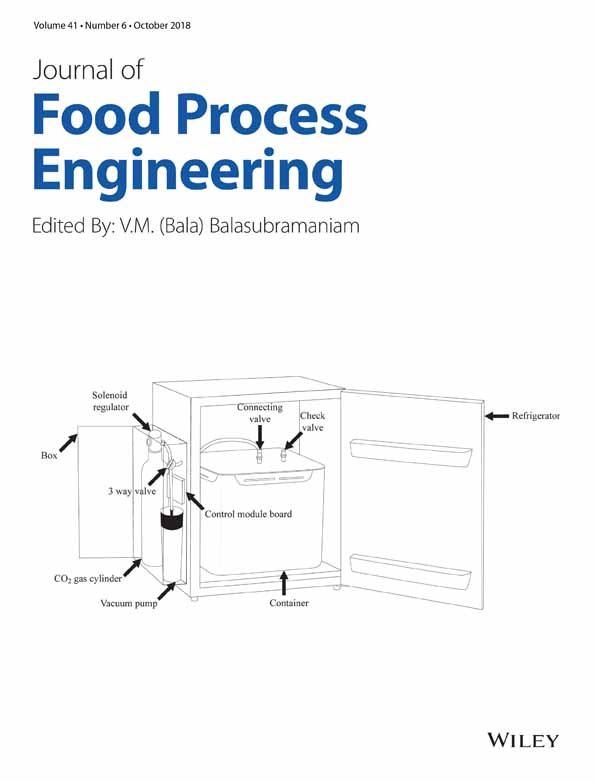Modeling a process combining a cereal dryer with a bioenergy unit for equipment design in developing countries
Abstract
This study describes the development of a process model combining a biomass energy conversion unit with a cereal-based products’ dryer. Heat and mass transfer and pressure drops, which occur during the process, are identified using two experimental set-ups. The tool can predict the behavior of a heat exchanger and simulate drying of agglomerated products. The model is then used to evaluate the process performance in its installation context, by means of indicators, based on which six design solutions are studied. The results obtained provide initial guidelines for installing a processing unit in the South and clearly show the usefulness of this sort of process design aid tool. It may be integrated into a multiobjective optimization environment, in order to design a high-performance process, tailored to the context of developing countries.
Practical applications
In Sub-Saharan Africa, agri-business companies carrying out drying operations are experiencing difficulties obtaining efficient equipment, providing their energy supply, and guaranteeing the quality of the finished products. Research activities have already enabled the manufacture and installation in Burkina Faso and Mali of prototype dryers built on the principle of flat-bed dryers but heated by gas combustion, an expensive and nonsustainable energy. At present, a biomass heat generator and heat exchanger still need to be manufactured locally. Hence the objective of this work is to be able to use the process model as a design aid tool for installations combining the three pieces of equipment. Local manufacturing support will be incorporated during the development of high-performance design solutions to work toward creating and installing sustainable drying units in West Africa.




